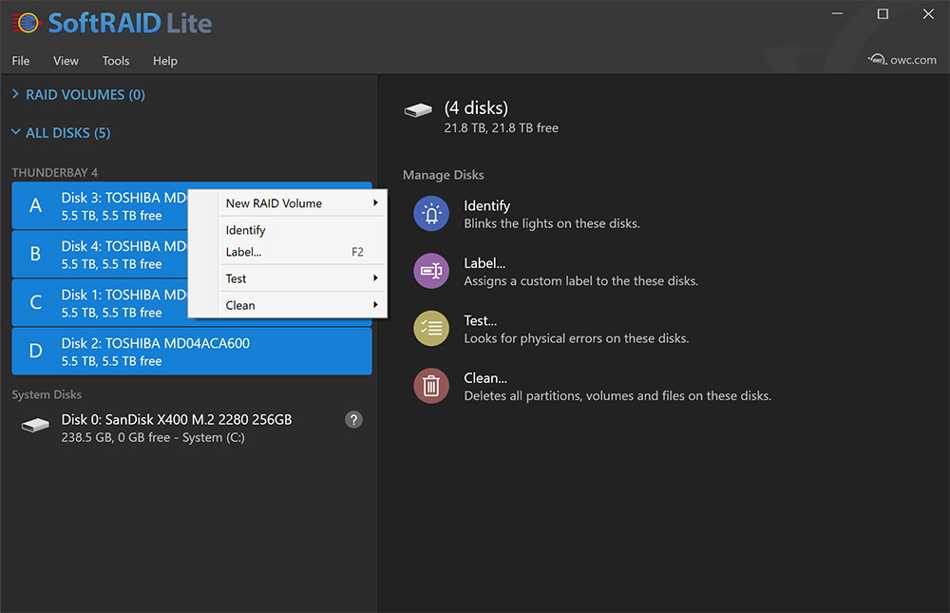

RAID 5 can withstand the loss of one member disk. In the event of a failed disk, these parity blocks are used to reconstruct the data on a replacement disk. RAID 5 uses striping, like RAID 0, but also stores parity blocks distributed across each member disk. RAID 5 Requires 3 or more physical drives, and provides the redundancy of RAID 1 combined with the speed and size benefits of RAID 0.

The size of a RAID 1 array block device is the size of the smallest component partition.
#Softraid uninstall software#
Please note that with a software implementation, the RAID 1 level is the only option for the boot partition, because bootloaders reading the boot partition do not understand RAID, but a RAID 1 component partition can be read as a normal partition. The example will be using RAID 1 for everything except swap and temporary data. If one of those drives fails, the block device provided by the RAID array will continue to function as normal. As with other RAID levels, it only makes sense if the partitions are on different physical disk drives. RAID 1 The most straightforward RAID level: straight mirroring. The size of a RAID 0 array block device is the size of the smallest component partition times the number of component partitions. On a server, RAID 1 and RAID 5 arrays are more appropriate. If the speed increase is worth the possibility of data loss (for swap partition for example), choose this RAID level. It does, however, provide a big speed benefit. Even though it does not provide redundancy, it is still considered RAID. There are many different levels of RAID listed below are the most common. Furthermore, installing a system with RAID is a complex process that may destroy data. A RAID will not protect data if there is a fire, the computer is stolen or multiple hard drives fail at once. 8.3 Recovering from a broken or missing drive in the raidĭespite redundancy implied by most RAID levels, RAID does not guarantee that data is safe.

8.1 Error: "kernel: ataX.00: revalidation failed".6.1.2 RAID1 and RAID10 notes on scrubbing.3.6.1 Calculating the stride and stripe width.


 0 kommentar(er)
0 kommentar(er)
